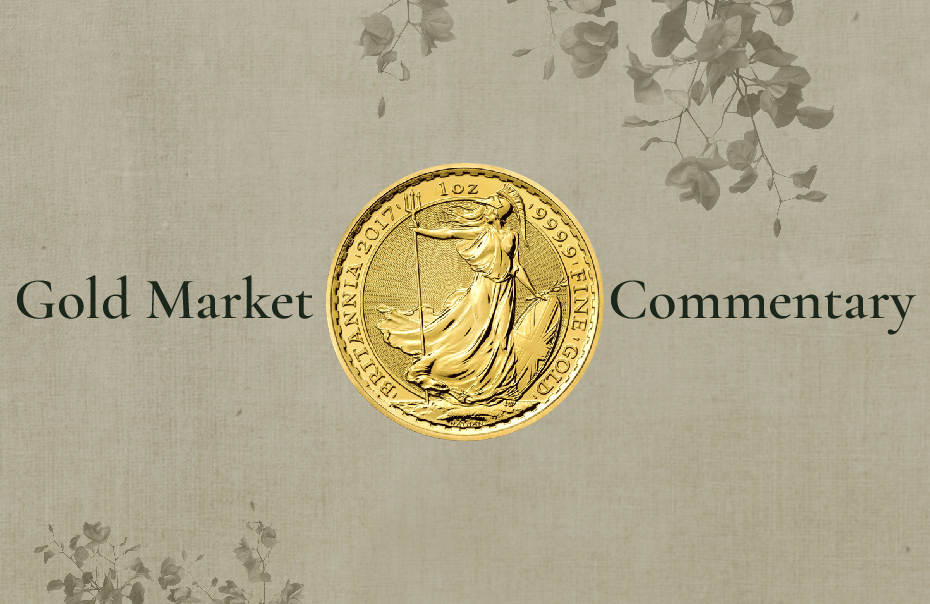Gold Prices Surge to 10-Day Peaks Amidst Speculation of Record Highs in 2024
Gold prices hit 10-day peaks in mid-December and were up 1.2 percent week-on-week, boosted by market sentiment that the U.S. interest rate hiking cycle was over and that rates could start falling around spring 2024.
Signals from the U.S. Federal Reserve (Fed) that rate cuts could come into focus after the Fed held rates steady at its third straight meeting, underpinned the yellow metal, which appeared to be well-supported above USD $2,000 per ounce.
Gold hit a 10-day high of USD $2,034.31 per ounce on December 14, and the dollar slipped to a four-month low.
Lower interest rates decrease the opportunity cost of holding non-yielding gold and weigh on the dollar.
Seventeen of 19 Fed officials projected lower interest rates by the end of 2024, after the central bank kept rates steady, as was widely foreseen.
Markets are presently pricing in around a 77 percent chance of a rate cut in March 2024 from the Fed, according to the CME FedWatch Tool.
The European Central Bank also left rates unchanged as expected on December 14.
In an interview with Kitco News, George Milling-Stanley, chief gold strategist at State Street Global Advisors, said that despite gold’s recent buoyancy, there was still plenty of potential for higher prices.
“When gold finds its momentum, there is no telling how high prices can go,” he said. “There is a very good chance we will see all-time highs next year.”
While Milling-Stanley was bullish on gold, he added that he was not expecting to see a breakout any time soon.
He noted that while the Fed was looking to cut rates in 2024, the question still remained when it would do so.
He added that the question of timing should keep the precious metal in its current range in the near term.
A soft pound against the dollar may make it costlier for UK-based savers to accumulate dollar-denominated gold, while boosting returns in sterling terms for savers who dispose of their holdings of the yellow metal.
The pound fell against the dollar after data on December 13 showed that the UK economy shrank in October, raising the risk of recession.
The Office for National Statistics said UK gross domestic product fell by 0.3 percent in October, against forecasts for a no change.
The UK economy avoided a contraction in the July-to-September period – when it also showed no change – but some analysts think it remains at risk of a shallow recession in late 2023 and early 2024 after the Bank of England’s hikes in rates.
Some traders now believe there could be almost a full percentage point in rate cuts in 2024.































